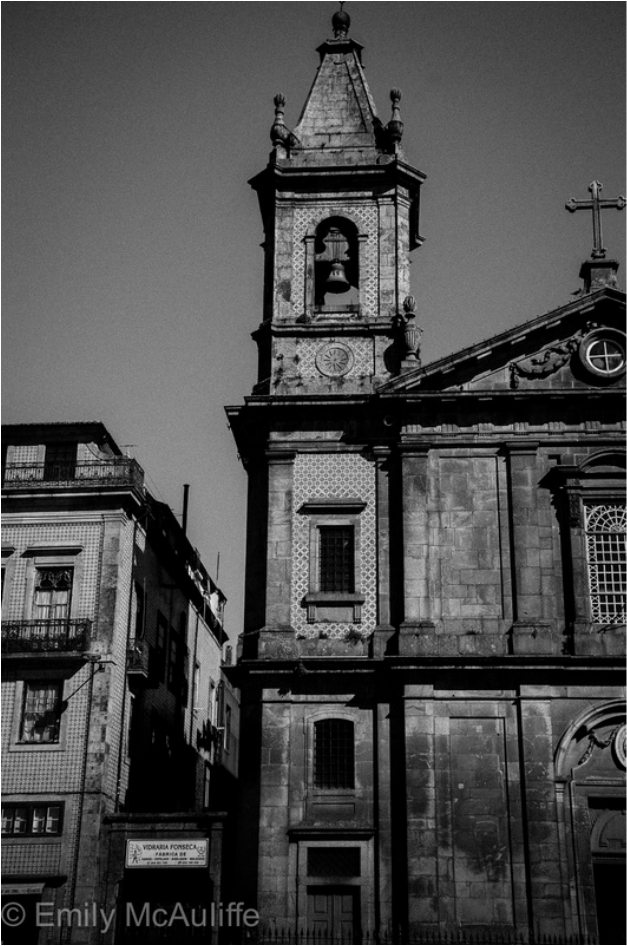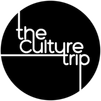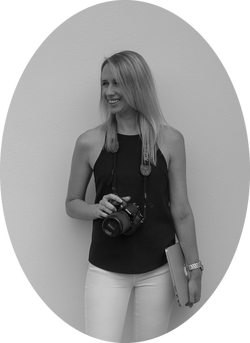- Blog
- About
- Articles
-
Places to visit
- Afife
- Águeda
- Albufeira
- Aljezur
- Almourol
- Alvor
- Amarante
- Arrifana
- Aveiro
- Azenhas do Mar
- Berlenga Grande Island
- Braga
- Caminha
- Cascais
- Castelo Branco
- Coimbra
- Condeixa-a-Nova
- Covilhã
- Douro Valley
- Ericeira
- Espinho
- Évora
- Fátima
- Figueira
- Figueira da Foz
- Funchal, Madeira
- Gondomar
- Guimarães
- Lagoa Comprida
- Lagos
- Leça da Palmeira – Vila do Conde
- Leiria
- Lindoso
- Lisbon
- Loriga
- Manteigas
- Marvão
- Miramar
- Monção
- Monsanto
- Montemor-o-Velho
- Nazaré
- Óbidos
- Peneda-Gerês National Park
- Peniche
- Piódão
- Ponta Delgada, São Miguel Island (Azores)
- Ponte da Barca
- Ponte de Lima
- Portimão
- Porto
- Praia da Costa Nova
- Praia da Ribeira do Cavalo
- Praia da Rocha (Portimão)
- Praia de São Julião
- Rota Vicentina
- Sagres
- Sandomil
- Santa Maria da Feira
- Seia
- Serra da Estrela
- Sesimbra
- Sintra
- Sintra-Cascais Natural Park
- Soajo
- Tomar
- Valença
- Valongo
- Viana do Castelo
- Videos
- Facts
- Press
- Contact
|
While you may not have given it a great deal of thought, Portugal has a rather interesting history. In particular, Portugal lays claim to the world's first global empire (duly noted as a Guinness World Record and mentioned in my previous post), and the country’s largely successful world domination plans significantly shaped the world we live in today.
If we rewind to the beginning, the first inhabitants of Portugal are thought to have arrived around 30,000 BC. (While this is a jolly long time ago, Australia can trump Portugal here, given Aboriginal people inhabited Australia as early as 60,000 BC.)
Jump forward to 700 BC and the Celts made their way into Portugal. This group would have a subsequent run-in with the Romans, who in 210 BC decided to barge in and take over the country (as the Romans did). Prior to the Roman Empire’s collapse in the fifth century, Portugal was under Roman rule for 600 years. In this time the Romans went about developing transport infrastructure and farms, and influenced the development of Portugal’s Romance (i.e. Latin-based) language. The next major invasion would come from the North African Muslims, the Moors, who took a great portion of Portugal’s south under their control. The Moors further developed the farming industry and brought Arabic words to the country, including ‘Algarve’ – the name of a picturesque region in Portugal’s south (which, for your interest, was named the top destination in the world to retire in 2015). The Christians then began fighting their way in through the north and Portuguese noble Afonso Henriques eventually took down the Moors in 1139. Given he’d executed such a formidable feat, he decided to adopt the title of king. Fortunately for him the title stuck and he officially became the country’s first monarch. King Afonso I then established Portugal as an independent nation in 1143 and the country’s geographical boundaries were formed. While other borders across the globe were erased and redrawn throughout history, Portugal’s remained stable, and hence it is considered one of the oldest nations in the world. Let's now skip forward to the Age of Discovery in the mid-1400s, as this is where things get particularly interesting. This was the time the skilled seafaring Portuguese explorers (who trained Columbus, among others) thought they’d have a poke around the world’s oceans to see what they could find, and of course, take over. And they did a darn good job. Portugal’s ensuing travel diary, largely sponsored by the aptly-named Prince Henry the Navigator, included the Azores, India, Macau, East Timor, Brazil, Japan (note the tempura reference in my first post), China, Africa and perhaps even Australia (refer to the 2014 kangaroo-induced media flurry). And, as will be addressed in my next post, the first person to circumnavigate the world hailed from Portugal. By exploring far and wide, the Portuguese opened the door to global trade, advancements in world geography and a greater understanding between cultures – essentially the beginnings of globalisation as we know it today. These were Portugal’s glory days, but unfortunately by the twentieth century the country had slipped to become one of the poorest and least-developed nations in Western Europe (although it's certainly clawing back now). How this demise came about is covered in my post about Portugal’s economy. Of further note, I skimmed over the important and somewhat poorly understood relationship between Spain and Portugal here. Anecdotally, it seems many believe Spain and Portugal to be one and the same, so I've covered this topic in more detail in my post Portugal and Spain: same same but different? to highlight the distinction between the two.
3 Comments
|
AboutThe Portugal Wire is the blog of Australian travel writer, copywriter and photographer Emily McAuliffe. Previous postsThings you might not know about Portugal A brief history of Portugal Who was the first person to sail around the world? (Hint: he was Portuguese ... and then he wasn't) A quick overview of Portugal's economy 25 April: a shared day in history for Australia and Portugal Portugal's bridges: go big or go home Portugal and Spain: same same but different? Interesting facts about Porto Traditional Portuguese food: what to eat and drink in Portugal Who are they? Famous names on the streets of Portugal Interesting facts about Lisbon Uncovering Porto's secret gardens Lonely Planet Instagram takeover: sharing some of my favourite hidden spots in Portugal In the news... my feature in Portugal's national newspaper Diário de Notícias On board the Presidential train in Portugal's Douro Valley When the lion mauled the eagle (Porto) Kicking design goals: Cristiano Ronaldo & Pestana's CR7 hotels Lovely Lisbon: my top picks of where to eat, drink, visit and stay in Portugal's capital city Porto street art: fighting the good fight The best places to visit in Lisbon: 5 of my favourite neighbourhoods Big waves in Nazaré: my favourite beach town in Portugal Best things to do in Porto Portuguese wine: yes, the wines of Portugal extend far beyond port Portuguese architecture Part I: Manueline style Portuguese architecture Part II: Pombaline style When is the best time to visit Portugal? Food to try in Porto: northern Portuguese cuisine explained Filigree designs: the beauty behind traditional Portuguese jewellery Archive
December 2019
Categories
All
|
THE PORTUGAL WIRE
Portugal travel blog of Australian writer and photographer
Emily McAuliffe
Emily McAuliffe
em@emilymcauliffe.com
www.emilymcauliffe.com
www.emilymcauliffe.com
- Blog
- About
- Articles
-
Places to visit
- Afife
- Águeda
- Albufeira
- Aljezur
- Almourol
- Alvor
- Amarante
- Arrifana
- Aveiro
- Azenhas do Mar
- Berlenga Grande Island
- Braga
- Caminha
- Cascais
- Castelo Branco
- Coimbra
- Condeixa-a-Nova
- Covilhã
- Douro Valley
- Ericeira
- Espinho
- Évora
- Fátima
- Figueira
- Figueira da Foz
- Funchal, Madeira
- Gondomar
- Guimarães
- Lagoa Comprida
- Lagos
- Leça da Palmeira – Vila do Conde
- Leiria
- Lindoso
- Lisbon
- Loriga
- Manteigas
- Marvão
- Miramar
- Monção
- Monsanto
- Montemor-o-Velho
- Nazaré
- Óbidos
- Peneda-Gerês National Park
- Peniche
- Piódão
- Ponta Delgada, São Miguel Island (Azores)
- Ponte da Barca
- Ponte de Lima
- Portimão
- Porto
- Praia da Costa Nova
- Praia da Ribeira do Cavalo
- Praia da Rocha (Portimão)
- Praia de São Julião
- Rota Vicentina
- Sagres
- Sandomil
- Santa Maria da Feira
- Seia
- Serra da Estrela
- Sesimbra
- Sintra
- Sintra-Cascais Natural Park
- Soajo
- Tomar
- Valença
- Valongo
- Viana do Castelo
- Videos
- Facts
- Press
- Contact



 RSS Feed
RSS Feed